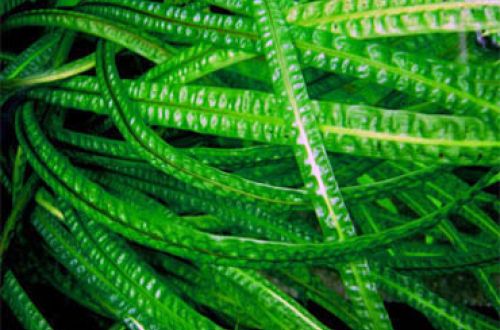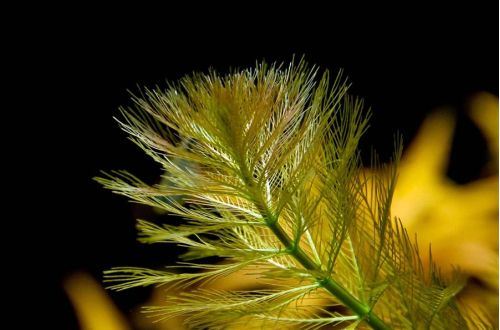
mexican oak tree
Mexican oak, scientific name Shinnersia rivularis. It got its name due to the shape of the leaves, resembling an oak leaf blade. The plant is native to North America. The natural habitat initially extended to the state of Texas (USA) and the regions of Mexico bordering it. However, it has now spread much more widely. In nature, it occurs along the banks of water bodies in a partially flooded state, when the roots are located in the water, and the main part of the plant rises above the surface.
Despite the fact that in nature it is a semi-aquatic plant, it successfully grows in a completely flooded state.
There are several varieties of the same species, but in aquariums, the most common form is with white veins on the leaves. In favorable conditions, it forms a compact bush from tall sprouts growing 30–60 cm. Large leaves are located along the entire stem, two per whorl.
Mexican oak is unpretentious and perfectly adapts to various conditions, including the ability to tolerate significant temperature drops. It can be used both as an aquarium plant and in open ponds during the warm season (in temperate latitudes).
It grows quickly and soon reaches the surface in small aquariums. Regular pruning required. Each cut cutting can become an independent plant if placed in the ground.





